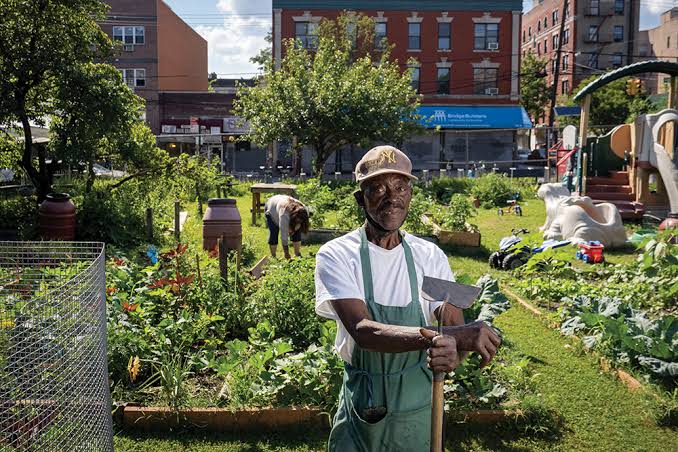In the heart of bustling metropolises around the world, an unexpected revolution is taking root—urban farming. This burgeoning movement is transforming cityscapes, fostering community bonds, and paving the way for a more sustainable future. As urban populations continue to swell, the necessity of innovative food production solutions becomes ever more critical. Urban farming is not just about growing food; it’s about cultivating a new way of life that harmonizes with the environment and revitalizes urban communities.
The Rise of Urban Farming
Urban farming is a response to several pressing global challenges, including food insecurity, environmental degradation, and the social isolation often found in dense urban areas. By repurposing rooftops, vacant lots, and even vertical spaces, urban farms provide fresh, locally grown produce, reduce the carbon footprint associated with food transportation, and utilize otherwise neglected urban spaces.
Innovative Methods in Urban Agriculture
1. Rooftop Gardens: Cities like New York and Tokyo have embraced rooftop gardening, turning concrete jungles into lush, productive spaces. These gardens not only supply fresh produce but also contribute to cooling buildings, thus reducing energy consumption.
2. Vertical Farming: Using state-of-the-art hydroponics and aeroponics systems, vertical farms can grow large quantities of food in stacked layers, making efficient use of limited space. Companies like AeroFarms and Plenty are leading the way in this innovative field.
3. Community Gardens: These shared spaces foster community engagement, provide educational opportunities, and ensure that fresh produce is accessible to all residents, regardless of socioeconomic status. The transformation of Detroit’s vacant lots into productive community gardens is a prime example.
Environmental and Social Benefits
Urban farming offers numerous environmental benefits, including the reduction of urban heat islands, improved air quality, and enhanced biodiversity. Additionally, by reconnecting people with the source of their food, urban farms promote healthier eating habits and a greater appreciation for the environment.
Socially, urban farms can bridge cultural divides, bringing together diverse groups of people with a common purpose. They provide opportunities for education and employment, particularly in underserved communities. Programs like Growing Power in Milwaukee have demonstrated the power of urban agriculture to uplift entire communities.
Challenges and the Way Forward
Despite its many benefits, urban farming faces challenges such as zoning laws, funding, and the need for specialized knowledge. However, cities are beginning to adapt, with many municipalities offering incentives and support for urban agricultural projects.
To ensure the continued growth of urban farming, it is essential to integrate agricultural education into school curriculums, encourage public-private partnerships, and advocate for supportive policies at local and national levels.
Conclusion
Urban farming is more than a trend; it is a crucial component of the sustainable cities of the future. By transforming underutilized urban spaces into vibrant, productive landscapes, urban farming not only addresses food security but also enhances environmental health and fosters community resilience. As we look to the future, the growth of urban farming offers a beacon of hope, illustrating that even in the densest cities, we can cultivate a greener, more sustainable world.



